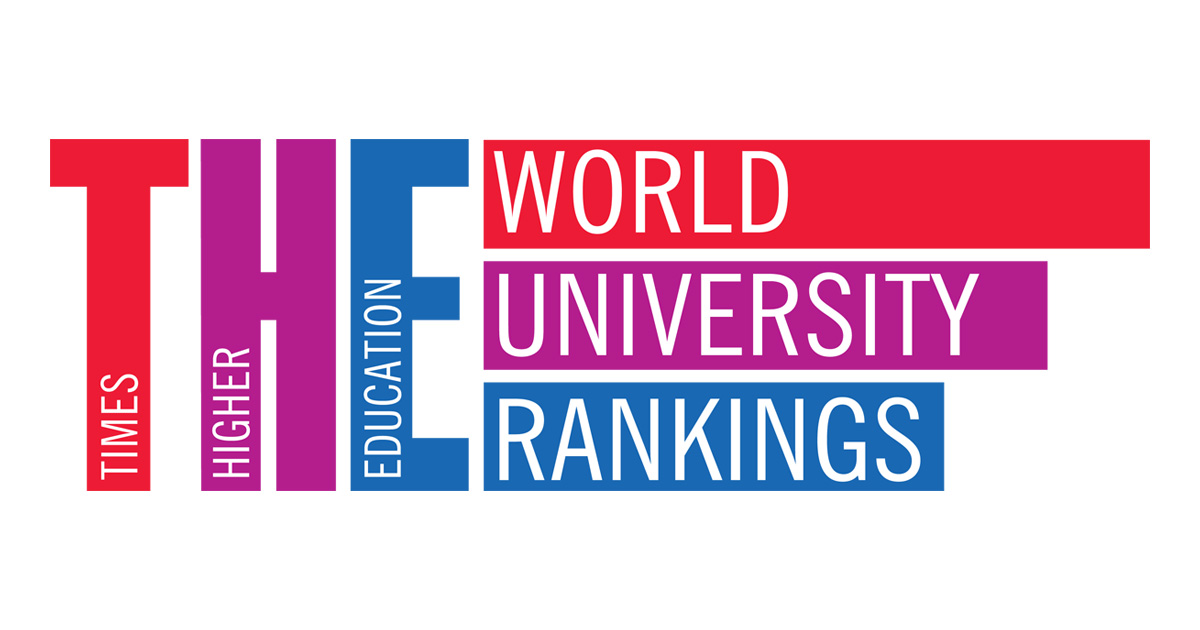Three new leaders in four regional university rankings


There were three new leaders in Quacquarelli Symonds or QS’s annual rankings by region on 16 October, covering 1,000 universities in Asia, Latin America, the Arab region, and Eastern Europe and Central Asia, and two of the rankings have new entrants in the top three.
Ben Sowter, research director at QS, said: “Prominent nations such as Brazil and Singapore have also seen a changing of the guard. Taiwan’s national leader, the National Taiwan University, sees its lead over its closest competitor reduced, as does Lomonosov Moscow [State University] in Russia.”
Sowter said the ‘second-tier’ universities in Japan and Malaysia are making inroads towards, and into, the top 50, and Mexico and Turkey have seen record representation in the uppermost echelon of these tables.
Each ranking adopted a distinct methodology from that used for the overall QS World University Rankings, reflecting the specific challenges and focuses of each higher education landscape.
Asia
In Asia, Singapore’s Nanyang Technological University takes the regional number one spot from perennial leader National University of Singapore (placed second). Third place went to Hong Kong University of Science and Technology, followed by KAIST – the Korea Advanced Institute of Science and Technology – with the University of Hong Kong dropping three places to fifth.
China took three of the next five places with Tsinghua University (sixth), Fudan University (seventh) and Peking University (ninth), while City University of Hong Kong came eighth and the Chinese University of Hong Kong 10th.
Hong Kong took four of the top 10, followed by China with three, Singapore with two and Korea one.
Seven of India’s Indian Institutes of Technology and Indian Institutes of Science slipped down places, while Malaysian universities made significant improvements with three universities breaking into the top 50.
Japan’s top four universities were bunched together at 13th, 14th, 15th and 17th, led by the University of Tokyo.
Latin America
Among Latin American universities, Pontificia Universidad Católica de Chile came first, ahead of Universidade Estadual de Campinas of Brazil in second and pushing last year’s top institution, Universidade de Sao Paulo of Brazil down to third. Next came two Mexican universities, Universidad Nacional Autónoma de México in fourth and Technológico de Monterrey fifth.
This gave Mexico two universities in the top five for the first time. Of the top 10, Brazil had four, Chile had two, Mexico two, and Colombia and Argentina one apiece.
The top 50 features universities from Brazil (16), Chile (8), Mexico (7), Argentina (6), Colombia (5), Costa Rica and Venezuela (2), and Peru, Puerto Rico and Uruguay (1).
Eastern Europe and Central Asia
In Eastern Europe and Central Asia, the leader remained the same, the indomitable Lomonosov Moscow State University of Russia. Russia took three of the top four with Novosibirsk State University second and Saint Petersburg State University fourth. Estonia’s University of Tartu came third, while fifth spot was taken by the Czech Republic’s Charles University.
Turkey has two universities in the top 10 for the first time: Bogaziçi Universitesi (seventh) and Middle East Technical University (ninth).
While Russia had three in the top 10, the Czech Republic had two, Turkey two, and there was one each for Estonia, Poland and Kazakhstan.
Arab region
In the Arab region, King Fahd University of Petroleum and Minerals, or KFUPM, loses its top spot for the first time, to Lebanon’s American University of Beirut.
Saudi Arabia is still home to three of the region’s top four universities. KFUPM remains second; it is followed by King Saud University (third) and King Abdul Aziz University (fourth). United Arab Emirates University enters the top five, rising from sixth to fifth.
There is one new entrant into the top 10: Oman’s Sultan Qaboos University (now 10th).
Among the top 10, Saudi Arabia has three, Arab Emirates two, and Lebanon, Egypt, Qatar, Jordan and Oman have one each.
Saudi Arabia is the most-represented nation in the rankings, with 21 universities among the top 100. It is followed by Egypt and Jordan (13 universities each), the United Arab Emirates (12 universities), Iraq (11 universities), and Lebanon (8 universities).
Sowter says the latest regional rankings showed that higher education in these emerging regions is “truly the most competitive that it ever has been since we began such observations. Established hierarchies are under threat from institutions attempting to counter prestige through proactivity.”